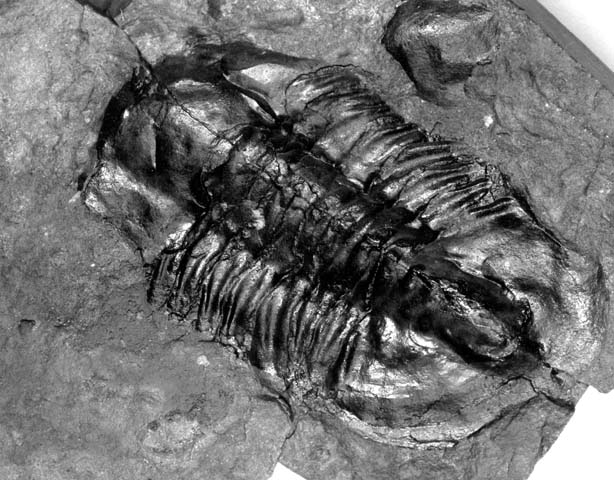Grand Canyon Fossils Illuminate Early Animal Evolution Dynamics

In a groundbreaking discovery, researchers have unearthed exceptionally preserved soft-bodied fossils in the Grand Canyon, shedding light on the evolution of early animal life over 500 million years ago. This significant find, described as a 'Goldilocks zone' for early evolution, provides insights into the complex feeding systems of Cambrian-era creatures, which thrived in an environment rich in nutrients and sunlight.
The fossils, which include a variety of mollusks and crustaceans, were collected during a 2023 expedition led by scientists from the University of Cambridge along the Colorado River in Arizona. Giovanni Mussini, a Ph.D. student in the Department of Earth Sciences at Cambridge and the study's first author, stated, "We collected a total of 29 samples of diverse shale lithologies, ranging from massive to fissile, gray to purple, and with various degrees of weathering and dolomitization." Following the expedition, the samples were processed in the laboratory using hydrofluoric acid to reveal thousands of tiny fossils, marking the first significant fossil discovery of its kind in the Grand Canyon.
The Cambrian period, spanning from approximately 507 to 502 million years ago, witnessed a remarkable explosion of biodiversity, where many major animal groups first appeared. This period was characterized by intense evolutionary innovation and competition among species. The remarkable preservation of the fossils found in the Grand Canyon is comparable to that of other renowned fossil sites such as the Burgess Shale in Canada and the Maotianshan Shales in China.
Among the notable discoveries were tiny rock-scraping mollusks and filter-feeding crustaceans. Mussini elaborated, "We can see from these fossils that Cambrian animals had a wide variety of feeding styles used to process their food, some which have modern counterparts." The study revealed that these early animals exhibited sophisticated feeding mechanisms, including complex teeth structures and specialized feeding limbs.
One of the standout finds was a new species of priapulid worm, named Kraytdraco spectatus, characterized by its unique branching teeth that enabled it to sweep food particles into its mouth. The name was inspired by the fictional krayt dragon from the Star Wars universe, reflecting the researchers' imaginative approach to their findings. Other fossils included crustaceans resembling modern brine shrimp, equipped with specialized teeth for grinding food, and slug-like mollusks with chains of teeth for scraping algae off rocks.
This discovery highlights the role of the Grand Canyon region as a critical environment during the Cambrian explosion, where shallow, oxygen-rich waters provided an ideal habitat for early animals. Mussini noted, "Animals needed to keep ahead of the competition through complex, costly innovations, but the environment allowed them to do that. In a more resource-starved environment, animals can’t afford to make that sort of physiological investment." This analogy extends to economic principles, where periods of abundance encourage risk-taking and innovation.
The implications of this research extend beyond paleontology; it underscores the dynamic interplay between environmental conditions and evolutionary processes. As scientists continue to study these ancient ecosystems, they gain valuable insights into the origins of biodiversity and the evolutionary strategies that shaped the early history of life on Earth. The findings were published in the journal Science Advances, further contributing to the understanding of evolutionary biology and ecology.
In conclusion, the fossil discoveries in the Grand Canyon not only illuminate the evolutionary pathways of early animals but also emphasize the importance of environmental factors in shaping life on Earth. As researchers delve deeper into this ancient ecosystem, they may uncover even more secrets that define the evolutionary narrative of our planet.
Advertisement
Tags
Advertisement





